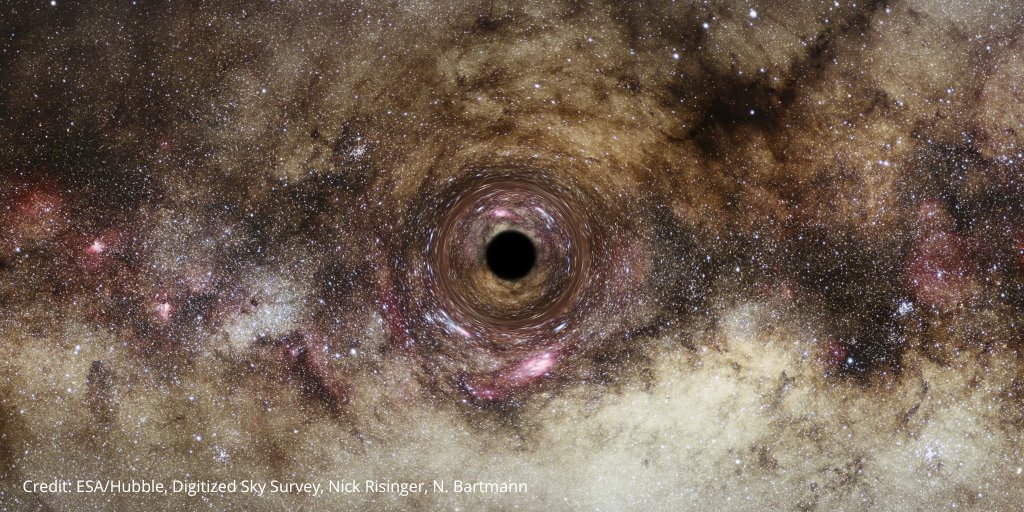
By Gabriela Baron
A team of astronomers from Durham University discovered one of the biggest black holes ever found.
A team of astronomers, led by Dr. James Nightingale from Durham University’s Department of Physics, discovered one of the biggest black holes ever found by taking advantage of a phenomenon called gravitational lensing.
Gravitational lensing is when a foreground galaxy bends the light from a more distant object and magnifies it.
“The team simulated light travelling through the Universe hundreds of thousands of times, with each simulation including a different mass black hole, changing light’s journey to Earth,” the University said in a report.
“What the team had found was an ultramassive black hole, an object over 30 billion times the mass of our Sun, in the foreground galaxy – a scale rarely seen by astronomers,” it added.
Black holes are in an active state, where matter pulled in close to the black hole heats up and releases energy in the form of light, x-rays, and other radiation.
Gravitational lensing makes it possible to study inactive black holes, something not currently possible in distant galaxies.
“This approach could let astronomers discover far more inactive and ultramassive black holes than previously thought and investigate how they grew so large,” Durham University noted. – cf
